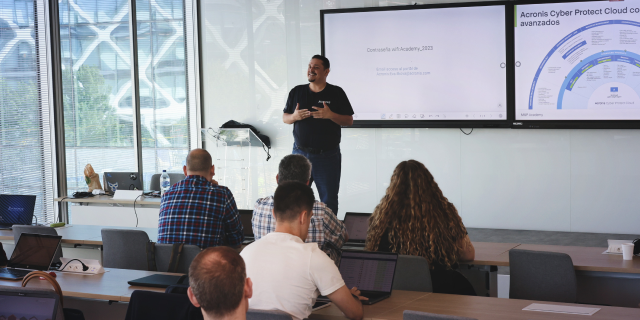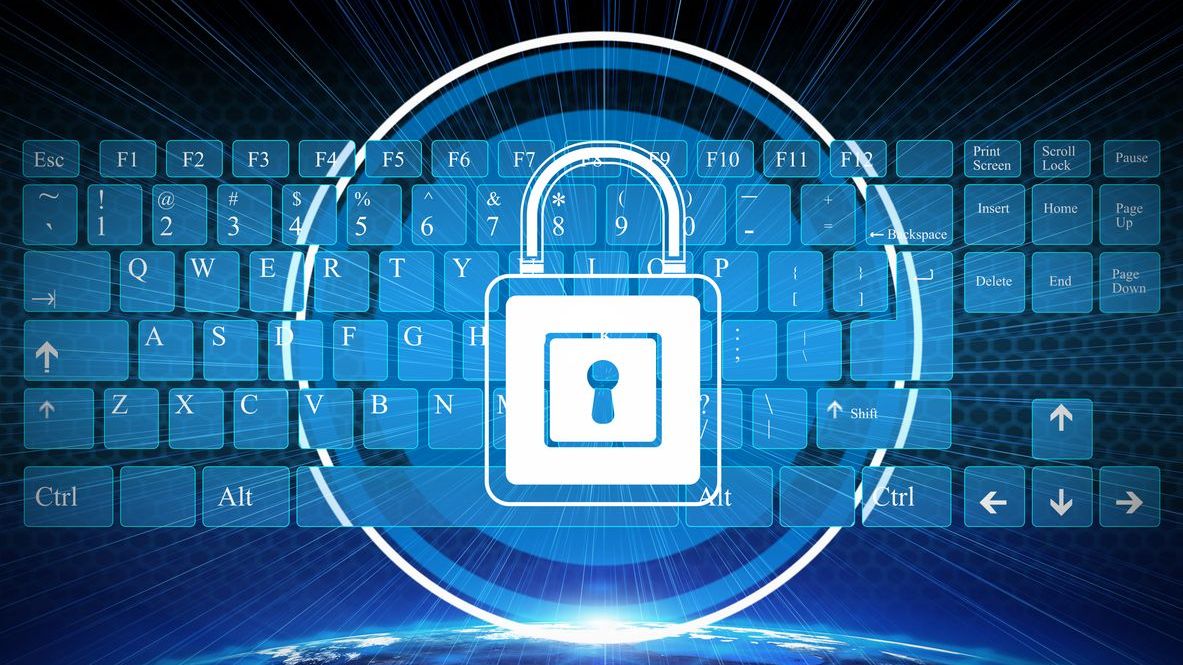In an era of sophisticated cyberattacks and the resulting risk economy, it’s essential to detect malicious activity and safeguard your network. Whether you run a small home office or manage an enterprise environment, early detection can make the difference between a contained threat and a damaging breach.
This guide provides clear steps and tips to help you proactively spot malicious behavior and protect your critical data.
#1: Establish a Network Baseline
- Monitor typical bandwidth usage to know what normal traffic looks like.
- Document common applications, protocols, and ports regularly in use.
- Track peak traffic times and patterns so anomalies stand out.
- Record expected response times for key services and domains.
#2: Implement Continuous Monitoring
- Deploy an intrusion detection system (IDS) or intrusion prevention system (IPS).
- Set up firewalls with advanced threat detection and logging capabilities.
- Enable real-time monitoring of system logs for unusual processes or privilege escalations.
- Leverage security information and event management (SIEM) tools to correlate logs.
#3: Analyze Network Traffic
- Look for spikes in traffic at odd hours or to unfamiliar external endpoints.
- Check for suspicious file transfers or protocols not typically permitted.
- Observe repeated connection attempts from unknown IP ranges.
- Inspect DNS queries for domains that do not match expected activity.
#4: Use Endpoint Protection
- Install robust antivirus or anti-malware solutions on all devices.

Pinar Ormeci
- Update operating systems, software, and firmware regularly.
- Configure endpoints to detect and quarantine suspicious executables immediately.
- Enforce strong user authentication to reduce unauthorized access.
#5: Employ Behavioral Analysis
- Use tools that identify abnormal patterns, such as sudden spikes in CPU usage.
- Correlate user actions (e.g., logins, file access) with baseline behaviors.
- Flag any unusual administrator privileges assigned to ordinary user accounts.
- Watch for data exfiltration attempts by monitoring large outbound data transfers.
#6: Keep Logs Centralized
- Aggregate logs from servers, routers, firewalls, and endpoints in a central repository.
- Tag security-related events for quick retrieval and investigation.
- Retain logs for an appropriate period given that some threats remain dormant for months.
- Regularly audit log integrity to ensure records are accurate and tamper free.
#7: Conduct Routine Vulnerability Assessments
- Perform scheduled vulnerability scans of internal and external assets.
- Identify outdated software or misconfigurations that attackers can exploit.
- Create a patch management program to address vulnerabilities quickly.
- Separate testing from production environments to minimize risk during assessments.
- Document remediation steps and follow up on pending fixes.
#8: Train and Educate Users
- Promote strong password policies and two-factor authentication.
- Encourage users to report suspicious emails or pop-ups immediately.
- Provide regular awareness training to cover topics such as phishing, social engineering, and best practices.
- Limit administrative privileges to users who genuinely require them.
- Empower staff with clear incident reporting procedures.
#9: Prepare an Incident Response Plan
- Define roles and responsibilities for security breaches in advance.
- Practice tabletop exercises to test team readiness under pressure.
- Document communication workflows for internal and external stakeholders.
- Maintain an updated contact list for law enforcement or forensic specialists.
- Review and refine the plan after each drill or incident.
A Framework for Security
In order to stay vigilant, you must continuously fine-tune your security measures. Rather than a one-time project, detecting malicious activity on your network is an ongoing process. Establish baselines, monitor traffic, centralize logs, and thoroughly train users. By doing so, you can create multiple layers of defense that make it harder for attackers to hide.
Proactive detection not only helps mitigate damage. It also safeguards valuable data, preserves customer trust, and thoroughly protects brand reputation. With these strategies, you are well on your way to building a stronger, more resilient network posture.
Pinar Ormeci is CEO of Timus Networks.
Featured image: DALL-E













